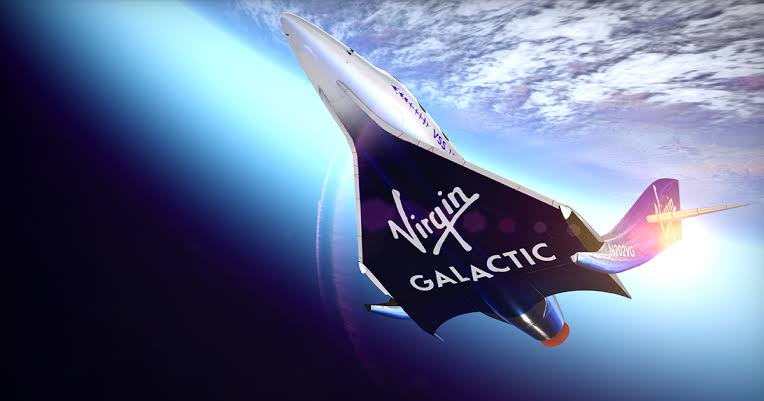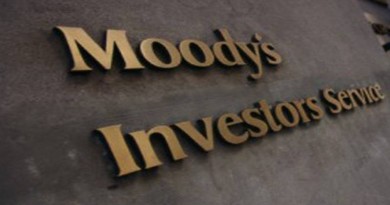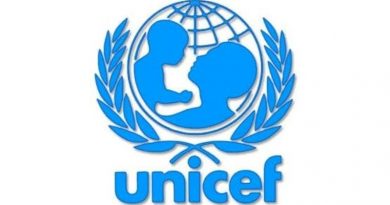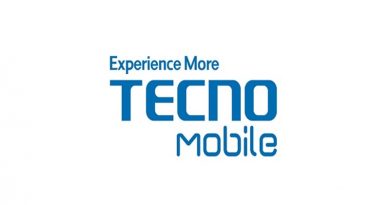Richard Branson’s Virgin Galactic completes first commercial flight in major step for space tourism
Galactic 01, the long-awaited first commercial mission of Virgin Galactic, which Sir Richard Branson created in 2004, was successfully completed on Thursday.
The company’s spacecraft, operated by a pair of pilots, launched from Spaceport America in New Mexico with four people aboard: a Virgin Galactic trainer who would oversee the journey from within the spacecraft, as well as the company’s first three paying clients. The three paying passengers are Italian Air Force personnel. There were 13 scientific payloads on the aircraft as well.
After numerous failures and delays, Virgin Galactic has finally begun commercial operations. The business previously stated that if Galactic 01 was a success, it would aim to start flying its spaceship, VSS Unity, once a month after planning to launch its second mission as early as August.
The Italian National Research Council and the Italian Air Force were the intended recipients of Thursday’s mission.
During their trip, Col. Walter Villadei, Lt. Col. Angelo Landolfi, and engineer Pantaleone Carlucci oversaw a number of experiments, including a research project on how weightlessness impacts liquid mixing and cellular behavior.
At 0830 local time (1430 GMT), Spaceport America launched the 72-minute mission, which was broadcast live online.
Similar to an airplane, VMS Eve lifted off and sped down the runway before climbing to a height of more than 40,000 feet (12,192 meters). The VSS Unity was released by VMS Eve when it reached its target height, and it ignited its rocket engine for around a minute as it swooped directly upward, sending it hurtling toward the stars.
The spacecraft traveled higher than 50 miles (80 kilometers) above the surface of the Earth, which is the distance that the US government regards as the outer limits of space.
Although there is a lot of ambiguity, the Kármán line, which is 62 miles (100 kilometers) above sea level, is frequently used internationally to delineate the border between our world and space.
The spacecraft rocketed skyward at supersonic speeds. And at the height of its trip, the craft briefly experienced weightlessness before gliding back to the spaceport for a runway landing. The trip took roughly an hour and a half in all.
Following the successful flight on Thursday, shares of Virgin Galactic dropped 13%.
The company is working to establish a fleet of spacecraft that can each launch at least once per week as it continues to seek money to support the development of its upcoming Delta class of spacecraft.
There are around 800 passengers on Virgin Galactic’s waiting list. Over ten years ago, many of those seats were sold for between $200,000 and $250,000. However, two years ago, the corporation reopened ticket sales, with prices starting at $450,000 per seat.




